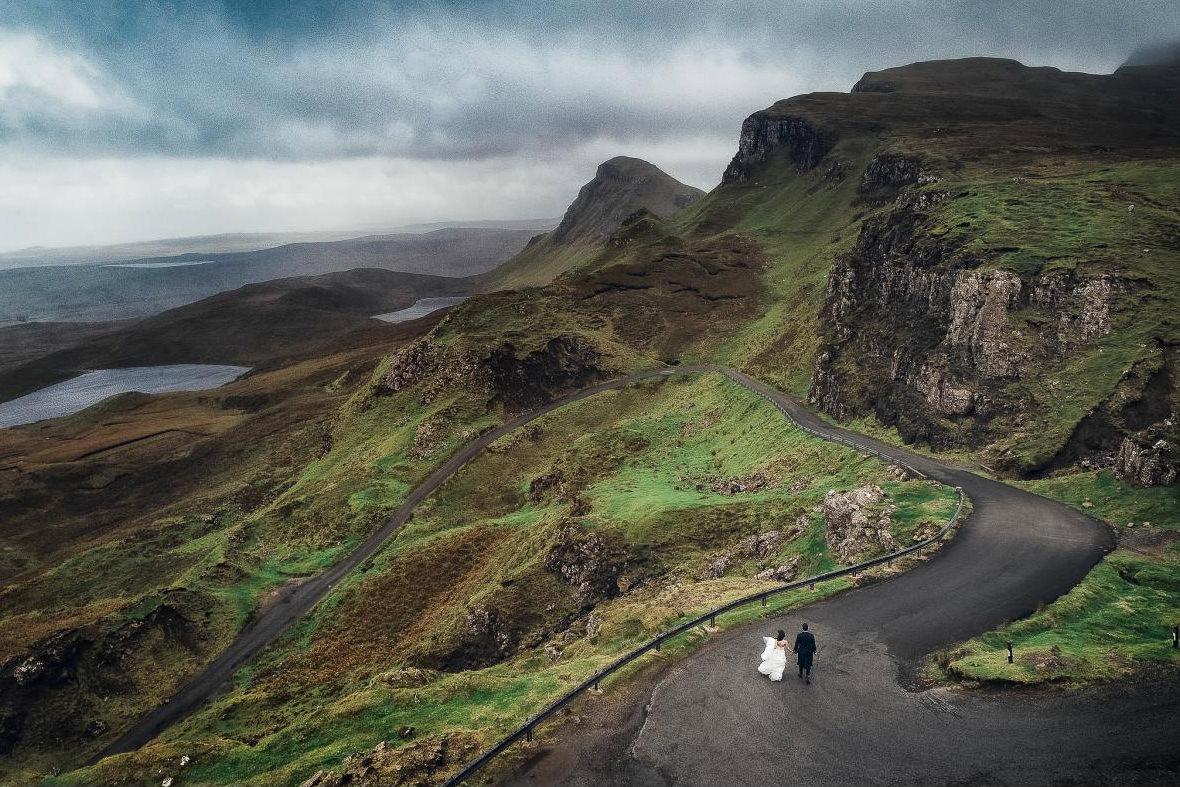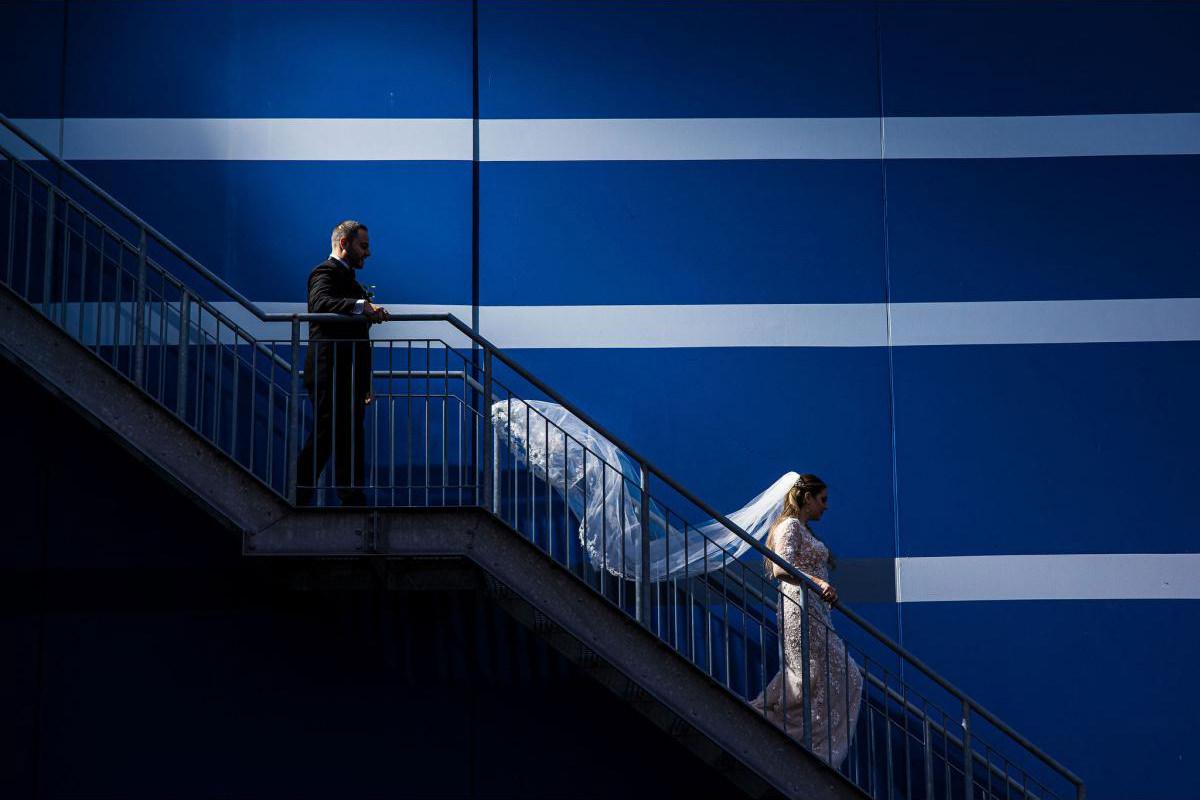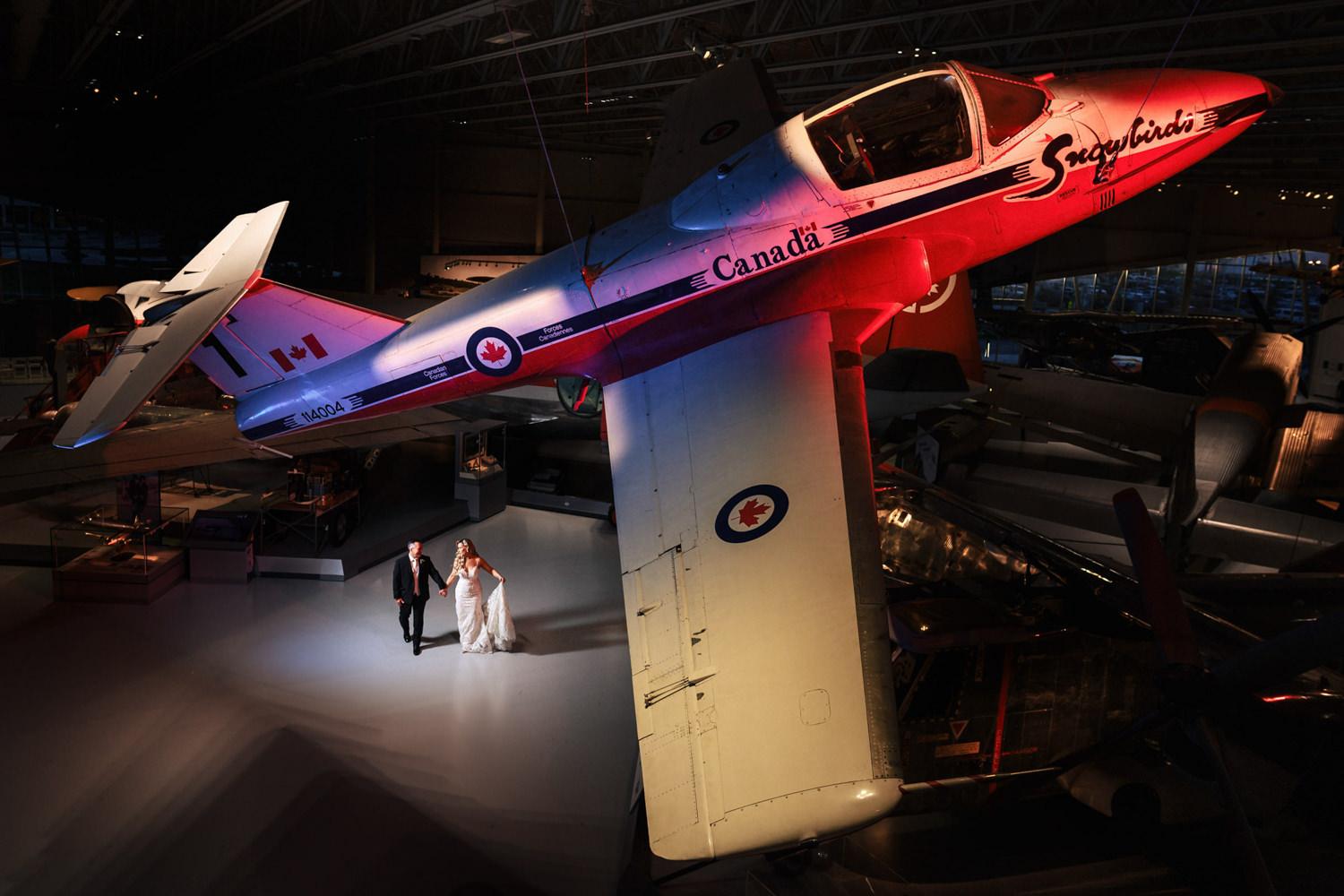Wedding photography has always evolved with technology—but the next wave of tools is transforming not just how we shoot, but how we see.
From the first handheld cameras to the birth of digital, technology has consistently reshaped wedding photography. Now, with drones, artificial intelligence, mirrorless gear, and machine-learning editing tools, the industry is on the cusp of another major leap.
But innovation also raises new questions—about authenticity, ethics, creativity, and human connection. Here’s what’s changing in Canadian wedding photography—and where the craft may go next.

Drone Photography: The Sky-High Revolution
Once limited to Hollywood productions, drones are now part of many wedding photographers’ kits.
What they bring:
- Aerial views of venues, ceremonies, and landscapes
- Sweeping shots of mountains, forests, beaches, and farmland—especially popular in BC, Alberta, and cottage country
- Creative compositions like couples framed by shadows, trees, or architecture
- Stunning footage for cinematic highlight films
Considerations:
- Weather, wind, and flight regulations (especially near airports or national parks)
- Licensing and safety compliance with Transport Canada’s drone rules
- Discretion during intimate moments—not every drone buzz fits the vibe
When used thoughtfully, drones add scale, drama, and emotion to storytelling.
AI and Machine Learning: From Culling to Creativity
Artificial intelligence is changing the back end of wedding photography at lightning speed.
Key areas of innovation:
- AI culling software (like AfterShoot or Narrative Select) can scan thousands of images and surface the best frames in minutes.
- AI editing tools (like Imagen or Lightroom AI masks) help batch-edit with greater precision and speed.
- Smart tagging and facial recognition streamline album organization and delivery.
- Generative AI is beginning to enter retouching and even scene creation (though this remains controversial).
These tools save hours of work—but raise questions about authenticity, consistency, and artistic ownership.

Mirrorless Technology: Quiet, Light, and Game-Changing
The switch from DSLR to mirrorless cameras is now the industry standard.
Why photographers love them:
- Lighter weight = easier to shoot all day
- Silent shutters = unobtrusive ceremony coverage
- Superior autofocus and real-time exposure previews
- Improved low-light performance, ideal for receptions and golden hour
For couples, mirrorless cameras mean less intrusion, more intimacy, and sharper images in every condition.
Virtual Weddings, Livestreams, and Hybrid Experiences
The COVID-19 pandemic accelerated the rise of remote wedding experiences, which are here to stay in some form.
Photographers now navigate:
- Livestream setups for guests attending virtually
- Virtual gallery walkthroughs and real-time sneak peeks
- Collaborations with video teams, editors, and planners to integrate tech into the day
- Short-form storytelling designed for social media or private sharing
This creates new challenges—but also new ways to include loved ones, share stories, and document digital intimacy.

Ethical and Aesthetic Questions in the Tech Era
With innovation comes responsibility. Photographers today must ask:
- How much editing is too much?
- Do we preserve reality—or enhance it?
- Should we use AI to replace missed moments, or only to refine captured ones?
- Are clients informed about how their images are processed or enhanced?
The future of wedding photography may be faster and smarter, but its soul still depends on intention and consent.
Looking Ahead: What Might the Next Decade Bring?
Predictions for the near future include:
- AI-assisted storytelling, where galleries are automatically sorted into narrative flow
- Immersive experiences, like VR ceremony replays or interactive albums
- More photographers specializing in eco-friendly, analog, or hybrid workflows
- A renewed focus on authenticity, emotion, and trust, even in high-tech environments
Because no matter how advanced the tools become, the heart of wedding photography remains unchanged: real people, real moments, real love.
Related Reading in This Series:
- The History of Wedding Photography: How We’ve Captured Love Through the Ages
- From Posed to Candid: How Wedding Photography Styles Evolved
- The First Wedding Photographs Ever Taken
- Film vs. Digital: A Love Story in Two Formats
- The Rise of the Wedding Photographer as Artist and Brand
- How Wedding Photography Changed with the Internet (and Instagram)
- The Role of Wedding Photography in Cultural Memory